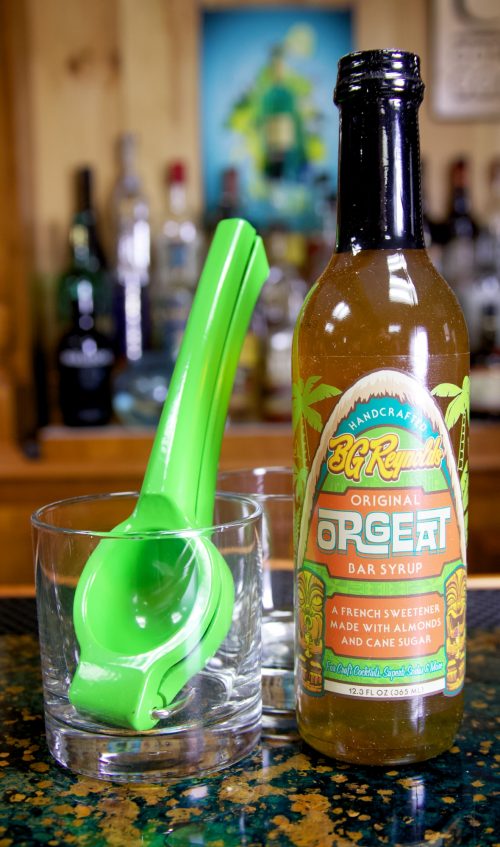Levels of Sweetness Explained
You’ve probably made plenty of cocktails, probably drank more, what makes your balanced cocktails so balanced? Sugar against sour, but not all sugar is the same. Today we talk levels of sweetness and explain how that works.
There are many different types of sweet, and when you understand where your “sweet” ands on the BRIX scale, you’ll know how well your cocktail will balance when working in a 2:1:1 ratio (or any other recipe ratio really).
If you’re working within the realm of a margarita and the cocktail uses simple syrup in its 2:1:1 recipe, you’ll find agave nectar makes the drink sweeter than with simple syrup. So, you’ll want to pull down your sugars and do a 2:1:1/2 where you have 1 oz lime and 1/2 oz agave.
Sugar Substitutes Are Too Sweet
When you’re looking to use equal or splenda, you’ll find the balance falls out of the drink extremely quickly. When you’ve got equal being 200x the sweetness of sugar and splenda is 600x the sweetness of sugar… this will highly impact your cocktail. Consider 1 oz of simple syrup and 1 oz of lime juice and how well it works together; how does one figure out how much splenda you need with it’s 600 times sweeter than that 1 oz of sugar? It becomes very difficult.
We suggest using real sugars and, if you need a diet plan, drink less cocktails. If you plan to drink 5 diet cocktails, drink 2 regular ones slightly slower.
Why pick different sweeteners?
Each sweet syrup brings a different flavor profile to your cocktail. A maple syrup has a rich deep dark flavor vs. a standard simple syrup. There are benefits to pairing a light rum with a turbinado sugar or brown sugar over a standard sugar, that depth of character can make for more interesting cocktail.
Remember, keep in mind your sugar and its BRIX (or overall sweetness) when working it into a cocktail, especially when using it to substitute for a different sweetener.











